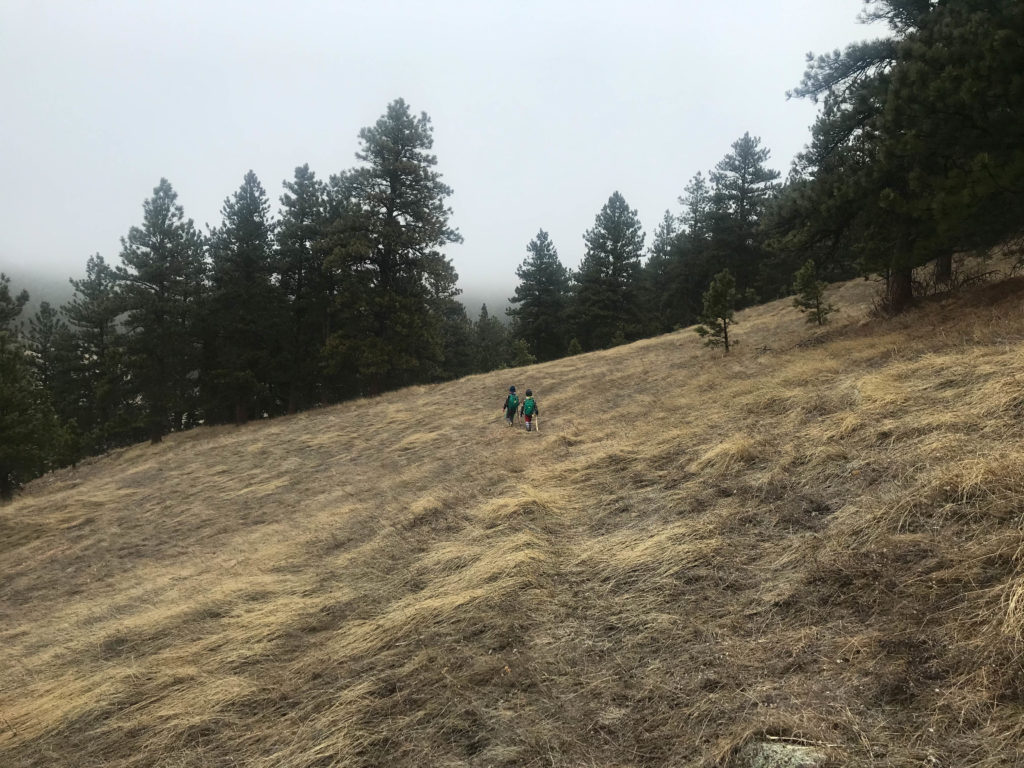
My 2020 reading has a very obvious theme: it’s all about nature and our connection to the natural world.
Braiding Sweetgrass was the first book that I finished this year. Then I read The Overstory; more on that in another post. This morning I started Nature Underfoot. And waiting in the wings is this Rachel Carson biography. It’s a theme, alright. So if you’re looking for a book about rediscovering our connection to nature, there’s no better place to start than Braiding Sweetgrass.
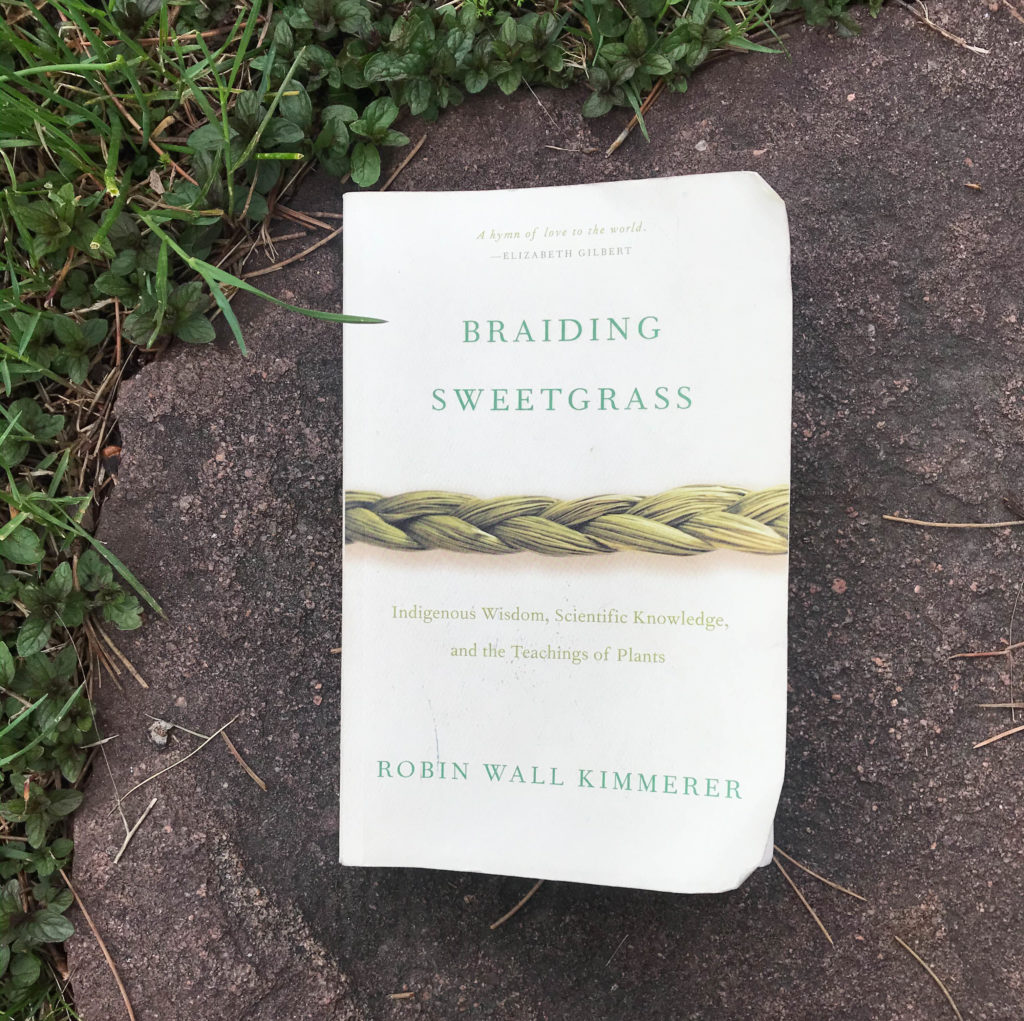
Robin Wall Kimmerer is a scientist and member of the Citizen of Potawatomi Nation. I really appreciated the blending of both her scientific and traditional/indigenous knowledge of the natural world. Having spent quite a while in academia, I especially appreciated her critique of scientific study. The need to ask a certain kind of question and speak the language of science to earn the respect of colleagues, but that only gets us so far. There’s so much to learn if we push the boundaries of modern scientific study and give credence to traditional knowledge.
Each chapter of the book focuses on different plants, sharing information about how the plants grow and what they have to teach us. Below are a few excerpts.

Strawberry : Think of goods as gifts.
“A gift creates an ongoing relationship. Wild strawberries fit the definition of a gift, but grocery store berries do not.” If we think of the plants that we harvest as “gifts from the Earth, then it may change the way we use them and the way we treat the earth where they’re grown. In a gift economy, when items are given without any exchange of money, you would show more restraint than when items are sold, even if it’s at a low price. Thinking of the earth as the gift-giver, we may want to give a gift in return, treating the earth with more respect and care than we currently do.
Cattails : use all parts of plants
Here’s what I’ve learned: the rhizomes, essentially underground stems, are almost like a potato and taste good roasted in the fire. Cattail leaves, split and twisted, are one of the easiest sources of plant cordage. Cattail gel is refreshing and antimicrobial, soothing on sunburn. The pith is as crisp as summer squash and edible raw. The immature female flowers taste like artichokes when boiled and smothered in butter. The fluffed up mature seeds can be used to stuff pillows or for insulation. While still matted, they can also be soaked in oil and lit on fire as a torch.
I can’t wait to (respectfully) harvest some cattails with the boys and teach them about the many uses for this plant, and we haven’t event delved into its role in the marsh ecosystem.
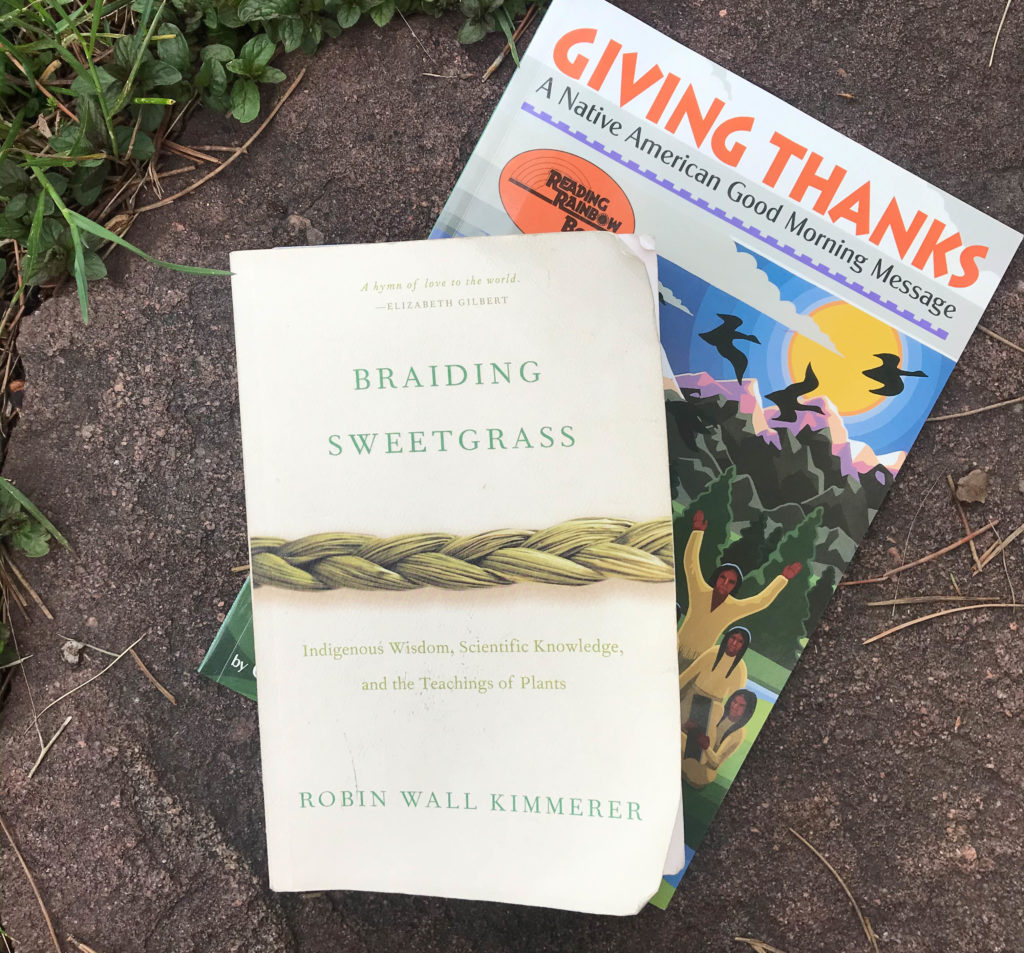
Cultures of Gratitude & the Thanksgiving Address
She talks of the Thanksgiving Address spoken every morning by the school children of the Onondaga Nation.
The address transcribed in the book is much more detailed, “We have been given the duty to live in balance and harmony with each other and all living things… We are thankful to our Mother the Earth, for she gives us everything that we need for life… we give thanks to all of the waters of the world for quenching our thirst… with one mind, we honor and thank all the Food Plants we harvest from the garden, especially the Three Sisters who feed the people with such abundance… we are so happy that there are still among us those special few who remember how to use the plants for healing…”
The address goes on to thank the animals that share this world with us, the sun, the moon, the stars, their teachers. Imagining starting your day by saying this address every morning. There is a growing body of literature reaffirming that a daily gratitude practice has the power to change our brain, making us happier and healthier.
If you have kids and would like to incorporate the Thanksgiving Address into your days, this children’s book is a great place to start.

Know the History of This Land
Throughout the book Kimmerer takes us from one region of the country to another, discussing the native people that intimately know the land, how to care for it, and what we can learn from it.
There’s no time like now to learn about the native land you’re living on, who lived there before you, how they used the land, and what the land taught them. Start by looking at this map.
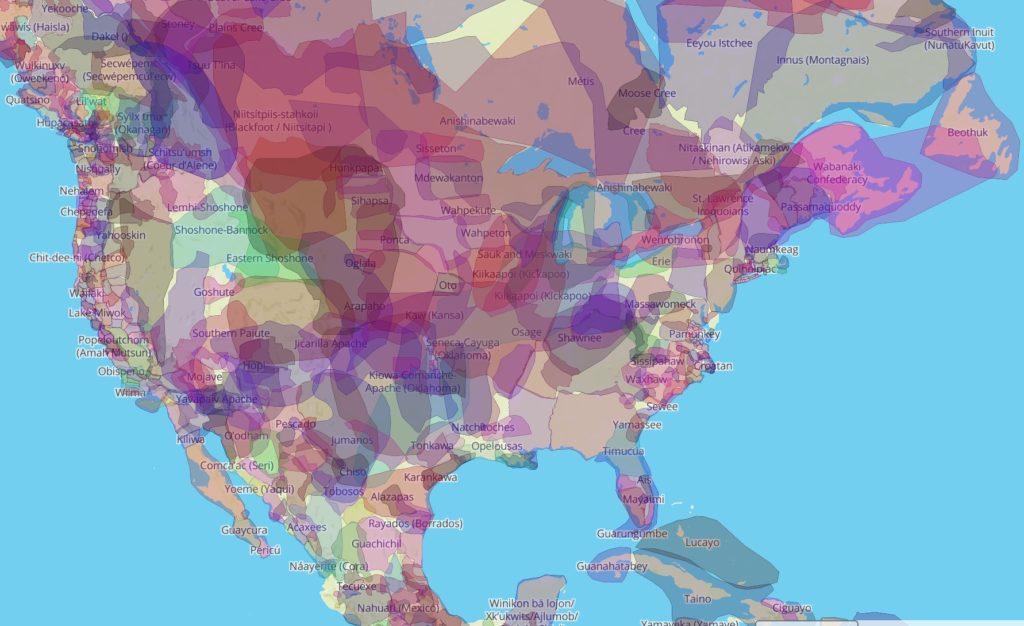
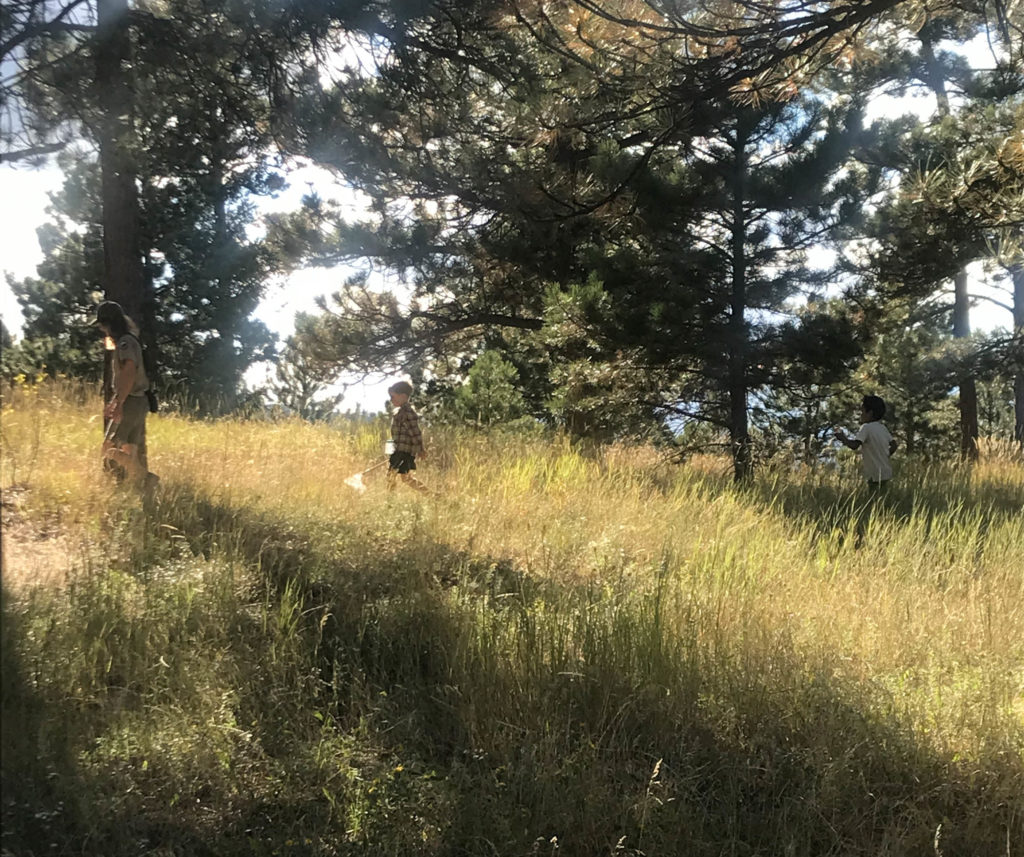
Reconnect with Nature
Another theme that pervades the book is the recognition that so many of us don’t have an intimate connection with nature. And yet, it’s the natural world that sustains us. For the lucky few that do feel that intimate connection and love of nature, it may be a gift that was given to us by the circumstances of our childhood, where we grew up or the work of our parents.
It’s been wonderful to see that connection develop for my boys. But for anyone that wasn’t lucky enough to spend their afternoons hiking and chasing bugs, then I think reading Braiding Sweetgrass is a great place to start.
